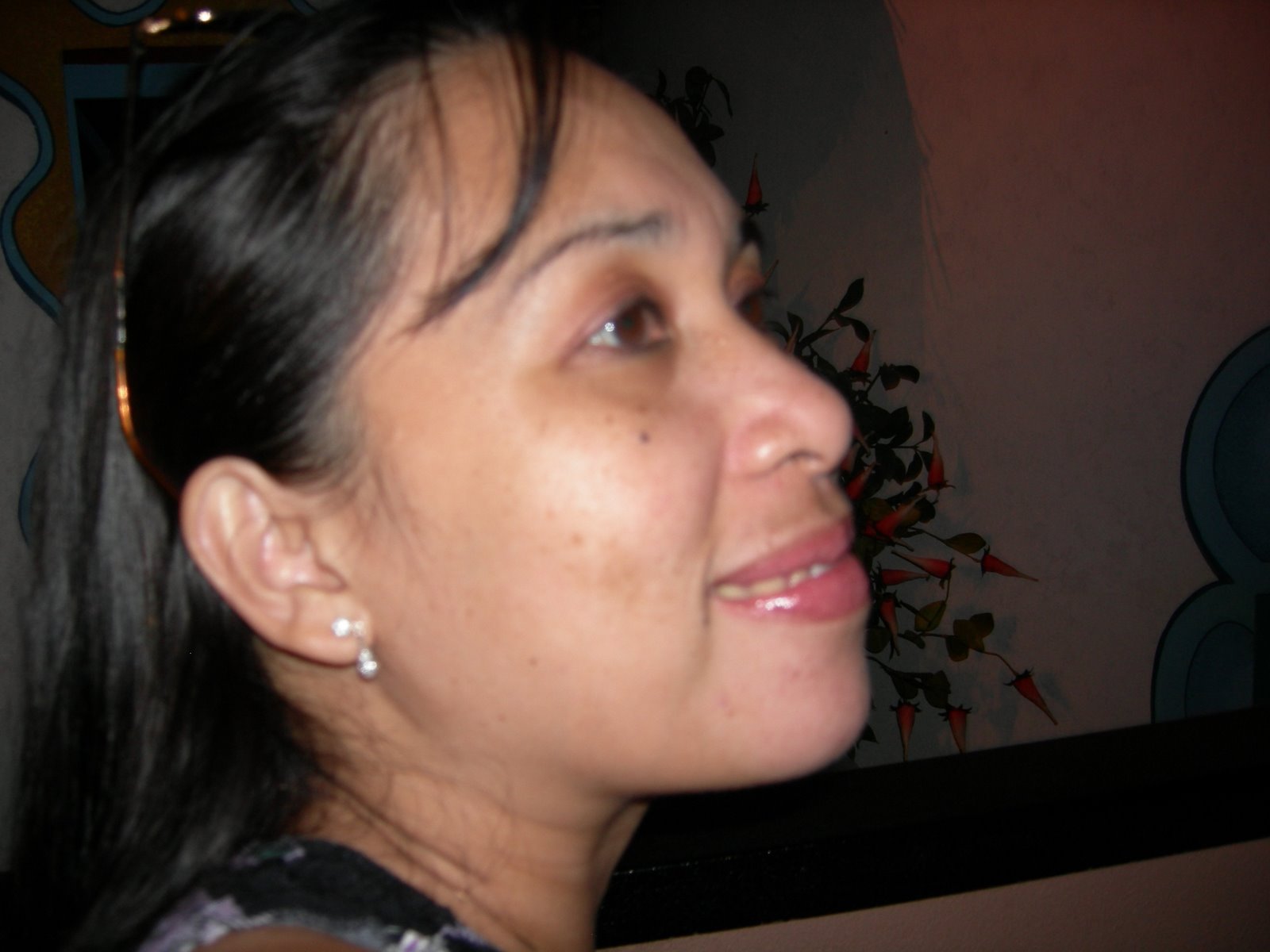The Read House is a 22-room mansion which was considered to be the largest house in Delaware when it was built in 1801, designed for George Read II, - a son of one of the Delaware's signer of the Declaration of Independence and the Constitution.
The house exhibits the height of federal grandeur with combined advanced technological systems for comfort and refinement. It has 14,000 sq. ft. with architectural style, yet has a monumental simplicity.
The Read House & Gardens is also fronting the New Castle riverfront which creates an amazing view of the Delaware river.
For the tour, you'll be visiting first and 2nd floors, including the basement and the garden areas outside. Inside the mansion has pretty wall borders and has intricately hand-shaved woodwork mouldings as well.
There are many things to see inside the mansion, including the exterior, - the gardens. See them yourselves and be amazed! ;)








